A number of philosophers have tried to define art. Having just completed a six week online course (run by a local philosophy tutor Darren Harper) trying to answer the question, ‘But is it art?’, this seems a thankless task. Some philosophers have argued that art cannot be defined. There is simply too much variety. Having now completed the course, I agree.
Darren introduced us to a few theories which have been offered to solve this problem, but, from my perspective, none of them were satisfactory. Have we reached the stage where almost anything can be called art? Where do we draw the line?
Right at the beginning of the course we were each asked to provide our own definition of art. This was mine, although I have since decided, as mentioned above, that art cannot be defined in any way that could be called inclusive.
My initial definition: Art is anything that is perceived to be art, and is valued as art, by the artist or audience. A definition of art will always be subjective, and incomplete. Art is the result of a unique creative process, which involves skills and self-expression. It brings a fresh perspective on what it seeks to portray and evokes an emotional response.
It was interesting though to look at some of the theories and weigh them up against work that has been claimed to be art.
We started with Clive Bell’s Significant Form Theory. Bell claimed that the one quality which is the essence of art, is significant form. Significant form provokes aesthetic emotions (i.e. emotions different from everyday emotions, e.g. aesthetic rapture), in sensitive critics, the spectator, listener or reader, through the relations between parts of the art’s structure, e.g. the combination of colours and texture. A criticism of his theory was of its circularity. Significant form gives rise to aesthetic emotion, but aesthetic emotion can only be felt in the presence of significant form.
Next we discussed R.G. Collingwood’s Idealist Theory. Collingwood distinguished art from craft and contrasted genuine works of art with mere entertainment. Genuine art has no particular purpose and is non-physical. It is an idea or emotion in the artist’s mind. Critics considered this strange and the theory too narrow.
Then we considered Wittgenstein’s ‘Family Resemblances’. In considering communication, Wittgenstein believed that words have a family resemblance in their usage, a series of criss-cross relationships. Take for example the word ‘game’. We all know that tiddlywinks and rugby are games, and also that going for a walk is not a game, but what do tiddlywinks and rugby have in common? Wittgenstein compared this to the way members of a family resemble each other. He believed that all attempts at digging beneath the surface of language lead to unwarranted theorising and generalisation. He was anti-essentialist. From this it follows that there are no common denominators in art, there is no singular thing that defines art, but a range of properties, which similarly exist in the complex web of relationships and family resemblances. It is a mistake to look for any general definition of art.
Nevertheless people/philosophers keep on trying with this seemingly fruitless task. The Institutional Theory of art is a recent attempt as explained by contemporary philosopher George Dickie. According to this theory a defining characteristic of art is that it is an artefact which has been intentionally created or worked on by a human, the artist. More importantly the work of art has been given this status by a member of the art world – gallery owner, publisher, producer, artist, etc. Members of the art world change the artefact into a work of art by conferring this status on it. But what criteria does the art world use to determine this status?
So, given these theories and arguments, which of the following ten images would you say are works of art? (I have put the references for these images at the end of the post, so that they don’t influence your decision as you look through them).
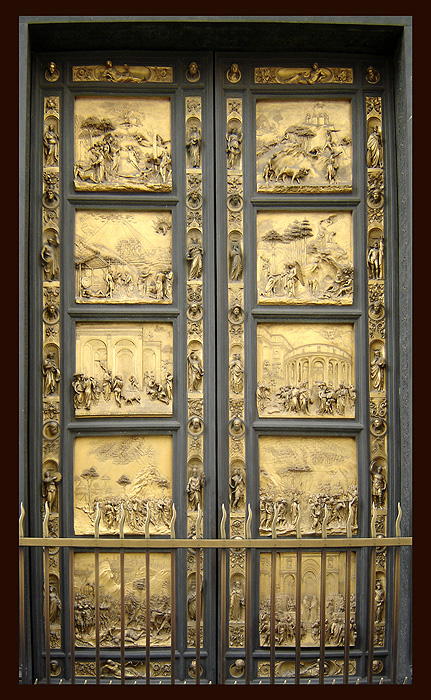

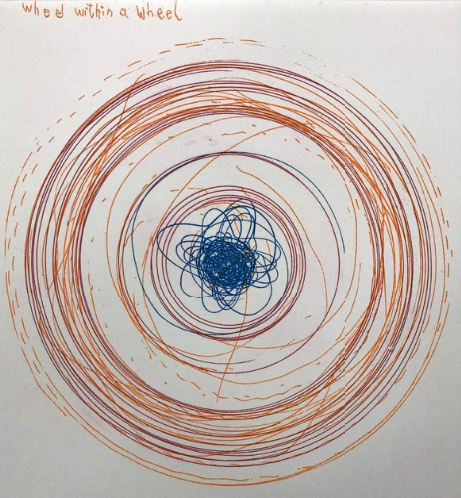
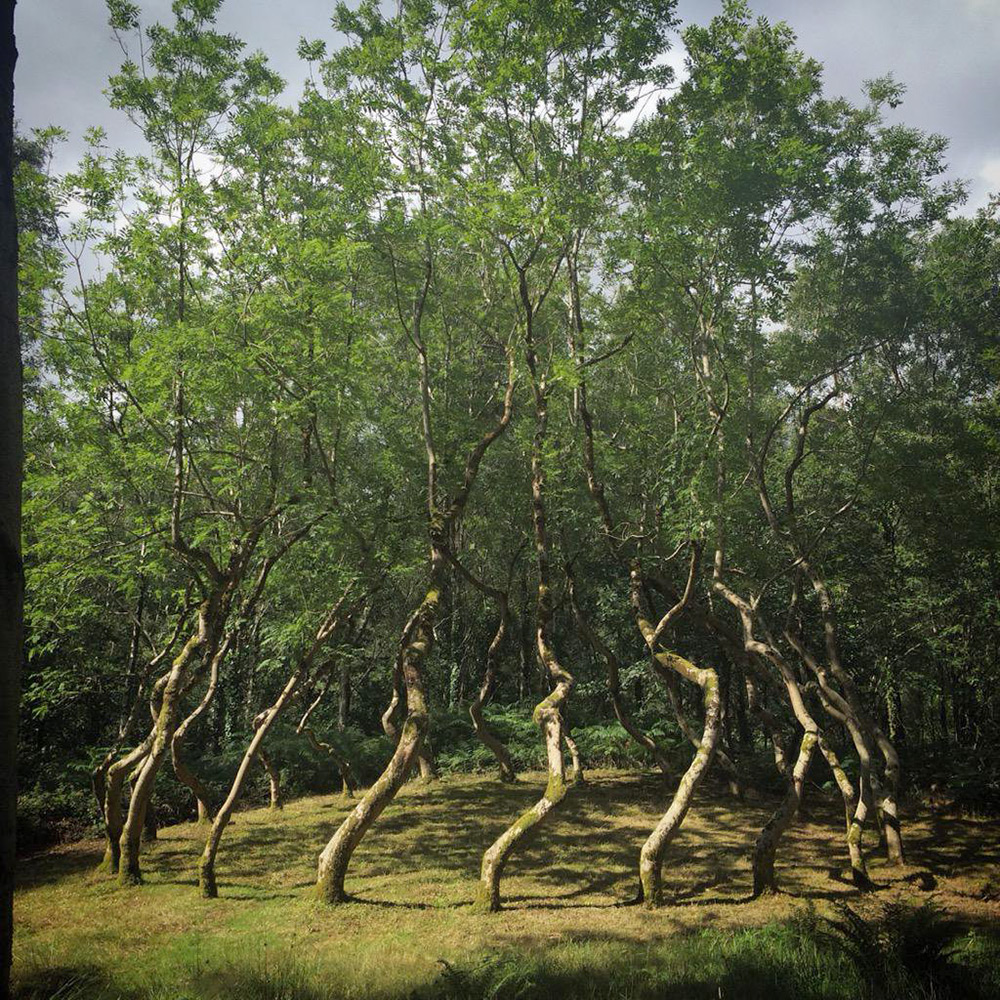
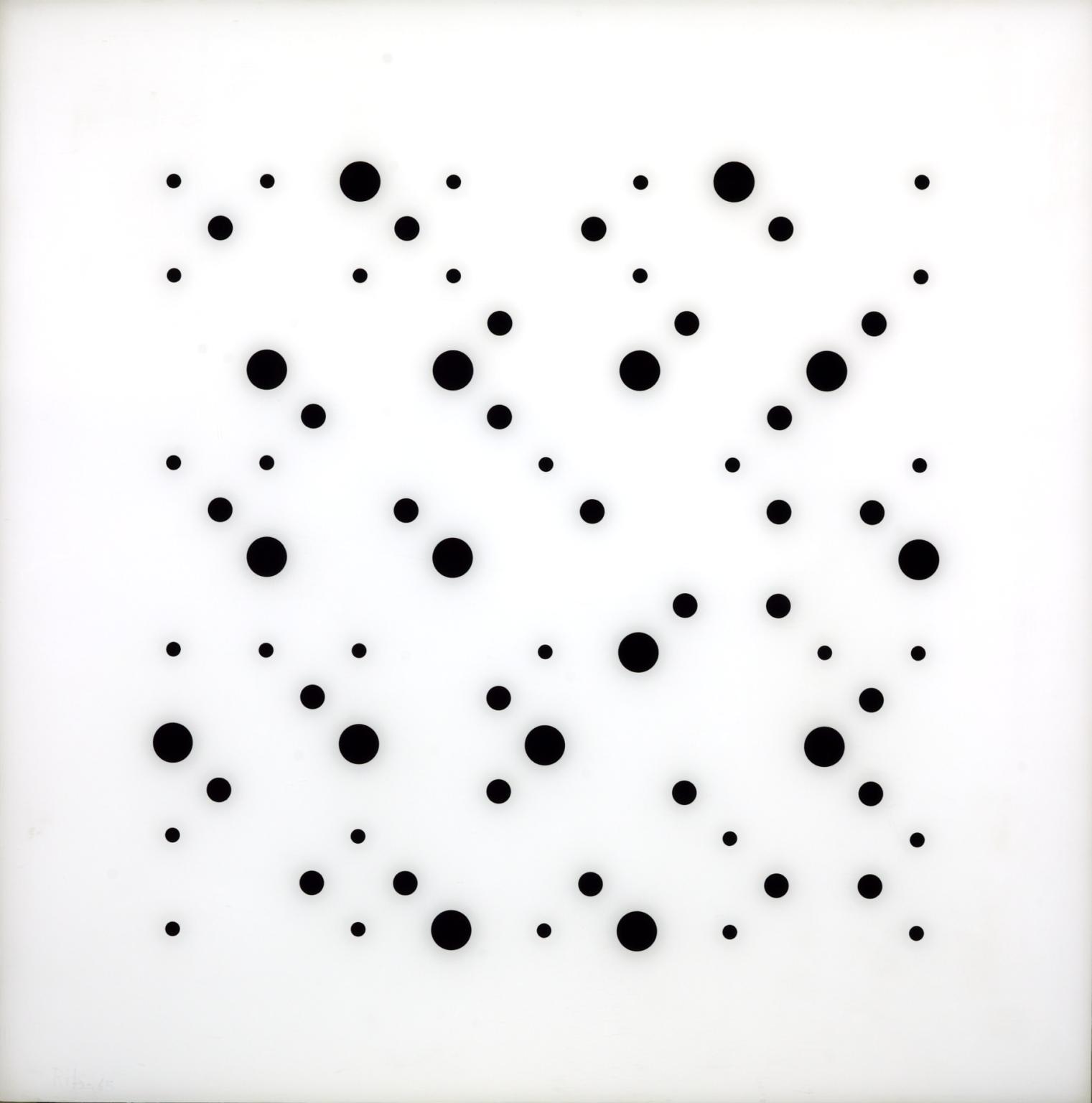


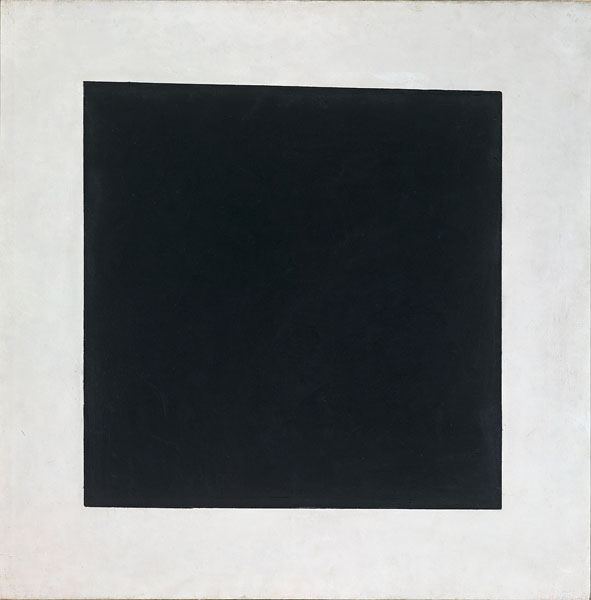
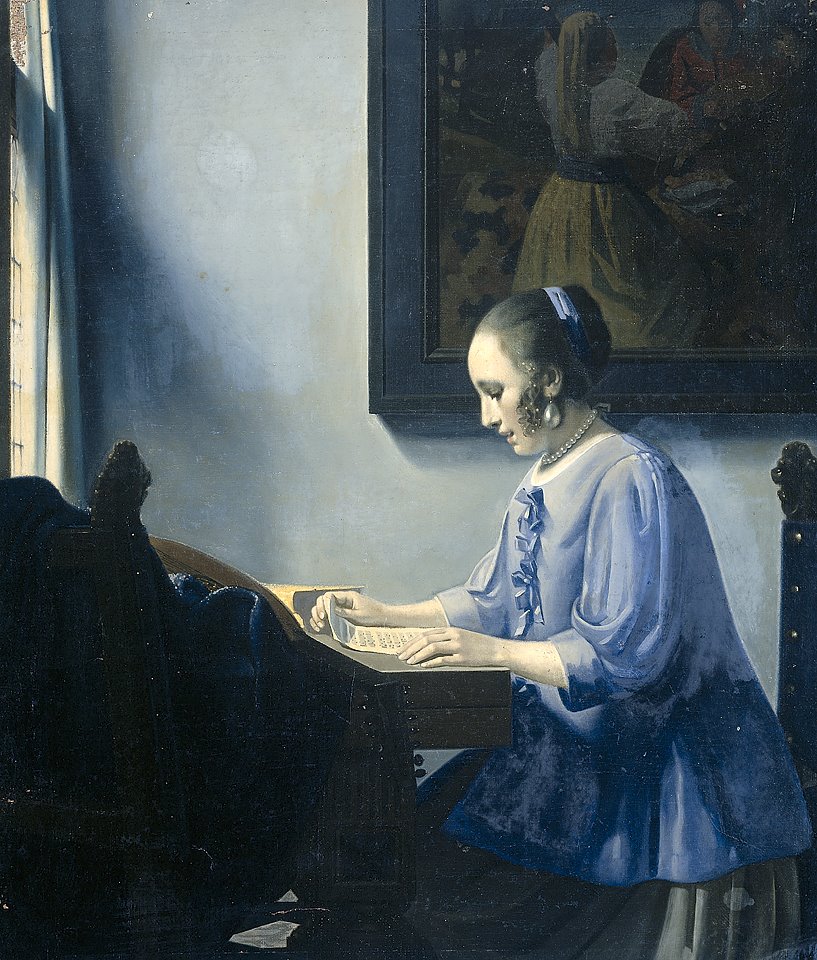

(All the images can be enlarged by clicking on them)
My experience from the course is that the theories we covered are not a lot of help in determining which of the images above depict genuine works of art. More helpful to me were two comments made by one of the participants who is an artist and a retired art teacher. He said that when we talk about art we should remember that art can be good or bad. Also that there is a spectrum from fine art to craft. We have to be clear what we are talking about, and even then, it seems to me that one person’s good art will be another person’s bad art, and one person’s perception of art will be another’s of craft. But ultimately I think we probably improve in our judgements with experience , i.e. the more art we view the better we get at recognising Wittgenstein’s family resemblance, without having to define it.
Image References (The images above are numbered in columns, top to bottom, left to right)
Image 1: Gates of Paradise, by Ghiberti. Battistero di San Giovanni (Florence). https://en.wikipedia.org/wiki/Lorenzo_Ghiberti#/media/File:Floren%C3%A7a_-_Port%C3%B5es_do_Para%C3%ADso_(146).jpg
Image 2: https://www.theguardian.com/science/2020/nov/29/sistine-chapel-of-the-ancients-rock-art-discovered-in-remote-amazon-forest – Photograph: Marie-Claire Thomas/Wild Blue Media
Image 3: Wheel within a wheel, Damien Hirst, 2002. https://www.artsy.net/artwork/damien-hirst-wheel-within-a-wheel
Image 4: Ash Dome, David Nash, 1977. https://www.thisiscolossal.com/2016/05/ash-dome-david-dash/
Image 5: Bridget Riley, Untitled [Fragment 6/9], 1965. https://www.tate.org.uk/art/artworks/riley-untitled-fragment-6-9-p07109
Image 6: What are your children’s drawings telling you? https://youaremom.com/children/childrens-drawings-reveal-personality/
Image 7: Poul Kjærholm‘s wicker and chromed-steel EKC22 chair, 1955–57. Photo by Pernille Klemp https://www.1stdibs.com/introspective-magazine/danish-furniture/
Image 8: Kazimir Malevich, Black Square (1929) Photo: © State Tretyakov Gallery, Moscow. https://news.artnet.com/exhibitions/kizimir-malevich-black-square-36336
Image 9: Han van Meergeren (1889 -1947), Woman Reading Music, Rijksmuseum. http://albertis-window.blogspot.com/2009/08/hans-van-meegeren.html
Image 10: The driftwood gallery. https://alldriftwoodfurniture.com/driftwood_sculpture.html